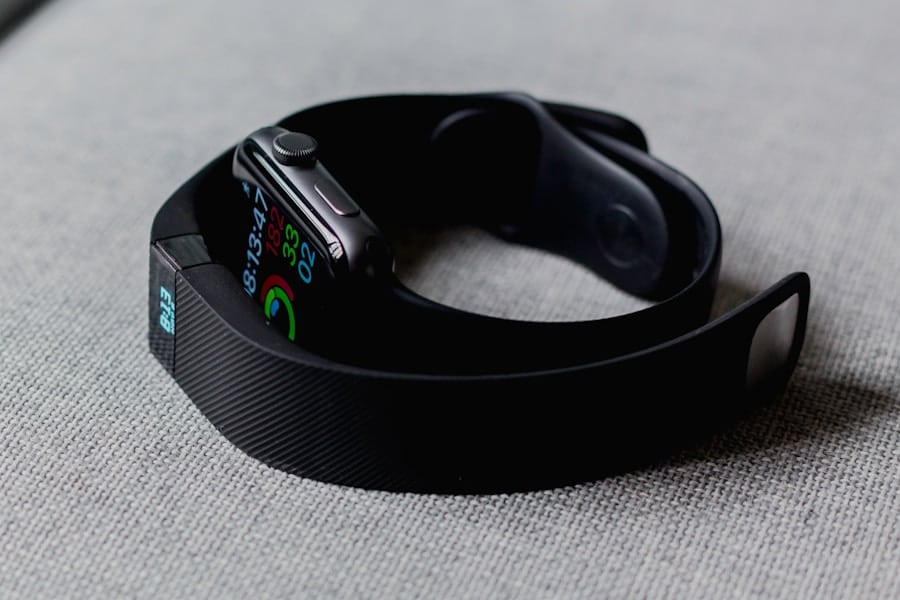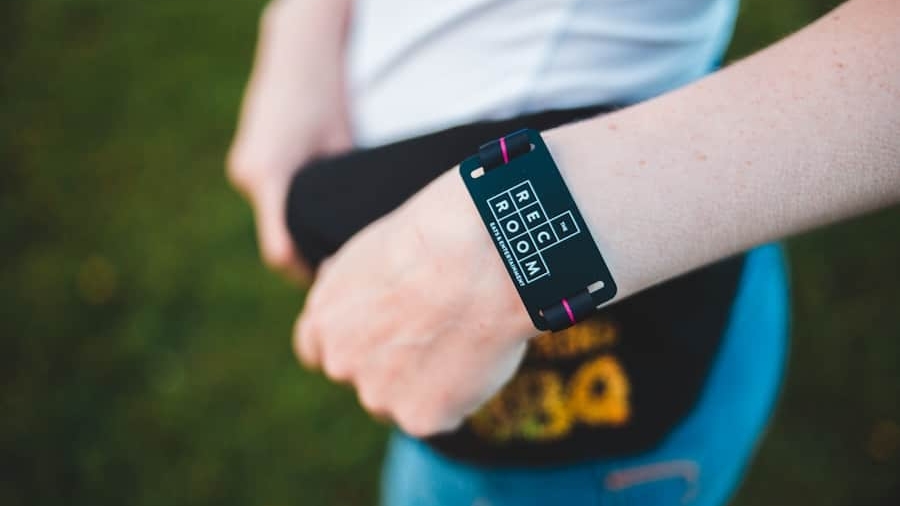Group fitness competitions have surged in popularity over the past decade, transforming the landscape of physical training and community engagement. These competitions, which often involve teams or groups competing against one another in various fitness challenges, foster a sense of camaraderie and motivation among participants. They can take many forms, from high-intensity interval training (HIIT) contests to obstacle course races, and even virtual challenges that leverage technology to connect participants across distances.
The essence of these competitions lies not only in the physical exertion but also in the shared experience of striving for personal and collective goals. The rise of group fitness competitions can be attributed to several factors, including the increasing awareness of health and wellness, the desire for social interaction, and the gamification of fitness. As individuals seek more engaging ways to stay fit, these competitions provide a structured environment where participants can push their limits while being supported by their peers.
The competitive aspect adds an exhilarating dimension to workouts, encouraging individuals to perform at their best. This dynamic has led to the emergence of various platforms and events that cater to diverse fitness levels, making group fitness competitions accessible to a broader audience.
Key Takeaways
- Group fitness competitions provide a fun and motivating way for individuals to challenge themselves and others in a supportive environment.
- Wearables play a crucial role in tracking progress by monitoring metrics such as heart rate, steps, and calories burned during group fitness activities.
- Setting specific goals and regularly monitoring performance using wearables can help individuals stay focused and make progress in their fitness journey.
- Wearables can enhance motivation and accountability by providing real-time feedback and allowing individuals to track their performance against their goals.
- Wearables can be utilized for team challenges, fostering a sense of camaraderie and friendly competition among group fitness participants.
The Role of Wearables in Tracking Progress
Wearable technology has revolutionized the way individuals approach fitness, particularly in the context of group competitions. Devices such as smartwatches, fitness trackers, and heart rate monitors have become essential tools for participants looking to optimize their performance. These wearables provide real-time data on various metrics, including heart rate, calories burned, distance traveled, and even sleep quality.
This wealth of information allows competitors to gain insights into their physical capabilities and track their progress over time. In group fitness competitions, wearables serve a dual purpose: they enhance individual performance while also fostering a sense of community among participants. For instance, many devices allow users to share their stats with friends or teammates, creating a competitive yet supportive environment.
This sharing of data can lead to friendly rivalries that motivate individuals to push harder during workouts. Moreover, wearables often come equipped with features that enable users to set personal records and milestones, which can be particularly beneficial during competitions where every second counts.
Setting Goals and Monitoring Performance

Setting clear and achievable goals is a fundamental aspect of participating in group fitness competitions. Wearable technology plays a crucial role in this process by providing users with the tools they need to establish benchmarks and monitor their performance effectively. For example, a participant might set a goal to improve their 5K run time over the course of a competition.
By utilizing a smartwatch that tracks pace and distance, they can analyze their runs and make adjustments to their training regimen based on real-time feedback. Moreover, wearables often come with built-in goal-setting features that allow users to define specific targets related to their fitness journey. These targets can range from increasing endurance to enhancing strength or improving flexibility.
By regularly monitoring performance through these devices, participants can identify areas for improvement and adjust their training plans accordingly.
Enhancing Motivation and Accountability
One of the most significant benefits of incorporating wearables into group fitness competitions is the enhancement of motivation and accountability among participants. The ability to track progress in real-time creates a sense of urgency and encourages individuals to stay committed to their training routines. For instance, when competitors can see how they stack up against their teammates or rivals through shared data, they are more likely to push themselves during workouts.
Additionally, many wearable devices come equipped with social features that allow users to connect with friends or fellow competitors. This connectivity fosters a sense of accountability; when individuals know that others are monitoring their progress, they are more likely to stay on track with their fitness goals. Group challenges can be organized through these platforms, where participants can compete against one another in various metrics such as steps taken or calories burned.
This friendly competition not only boosts motivation but also strengthens the bonds between team members as they work together toward common objectives.
Utilizing Wearables for Team Challenges
Team challenges are a hallmark of group fitness competitions, and wearables play an integral role in facilitating these events. By leveraging technology, teams can engage in challenges that require collaboration and strategy while still allowing for individual performance tracking. For example, a team might participate in a month-long step challenge where each member’s daily step count contributes to the team’s overall total.
Moreover, wearables can enhance the experience of team challenges by providing detailed analytics on each member’s performance. Teams can analyze data such as average heart rates during workouts or total calories burned over the course of the competition.
This information can be invaluable for coaches or team leaders who wish to tailor training sessions based on individual strengths and weaknesses. By understanding how each member contributes to the team’s success, participants can develop strategies that maximize their collective performance.
Analyzing Data and Adjusting Training Plans

The ability to analyze data collected from wearables is crucial for optimizing training plans in preparation for group fitness competitions. Participants can utilize insights gained from their devices to identify trends in their performance over time. For instance, if a competitor notices that their heart rate spikes significantly during certain exercises, they may choose to modify their training regimen to include more endurance-focused workouts or recovery sessions.
Furthermore, wearables often provide access to advanced analytics through companion apps or online platforms. These tools allow users to visualize their progress through graphs and charts, making it easier to spot patterns or areas needing improvement. By regularly reviewing this data, participants can make informed decisions about their training strategies, ensuring they are well-prepared for upcoming competitions.
This data-driven approach not only enhances individual performance but also contributes to the overall success of the team.
The Impact of Wearables on Group Fitness Culture
The integration of wearable technology into group fitness competitions has significantly influenced the culture surrounding fitness communities. As more individuals adopt these devices, there is a growing emphasis on data-driven training and performance optimization. This shift has led to an increased focus on accountability and transparency within teams, as members share their progress and support one another in achieving their goals.
Moreover, wearables have contributed to the democratization of fitness by making it more accessible and engaging for diverse populations. With various devices available at different price points and functionalities, individuals from all walks of life can participate in group fitness competitions equipped with the tools they need to succeed. This inclusivity fosters a sense of belonging within fitness communities, encouraging individuals to embrace healthy lifestyles while forming lasting connections with others who share similar interests.
Conclusion and Future Trends in Wearable Technology for Group Fitness
As wearable technology continues to evolve, its impact on group fitness competitions is likely to grow even more profound. Future trends may include advancements in biometric monitoring that provide deeper insights into individual health metrics, such as hydration levels or muscle recovery status. Additionally, the integration of artificial intelligence into wearable devices could lead to personalized training recommendations based on real-time data analysis.
Moreover, as virtual reality (VR) and augmented reality (AR) technologies become more mainstream, we may see innovative applications that enhance group fitness experiences through immersive environments. These developments could create new opportunities for competition and collaboration among participants regardless of geographical barriers. As we look ahead, it is clear that wearables will continue to play a pivotal role in shaping the future of group fitness culture, driving engagement and fostering community among fitness enthusiasts worldwide.
If you’re interested in how technology can enhance your fitness journey, you may also want to check out this article on unlocking your creative potential with the Samsung Galaxy Book Flex2 Alpha. This device could be a great tool for tracking your progress, setting goals, and staying motivated during group fitness competitions. It’s important to choose the right technology to support your health and wellness goals, so be sure to also read

